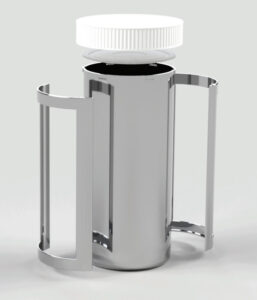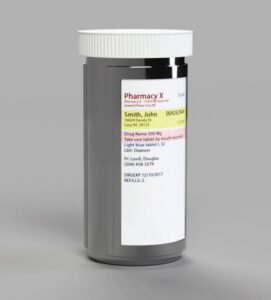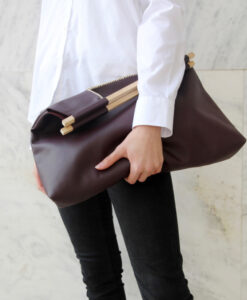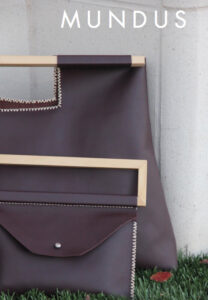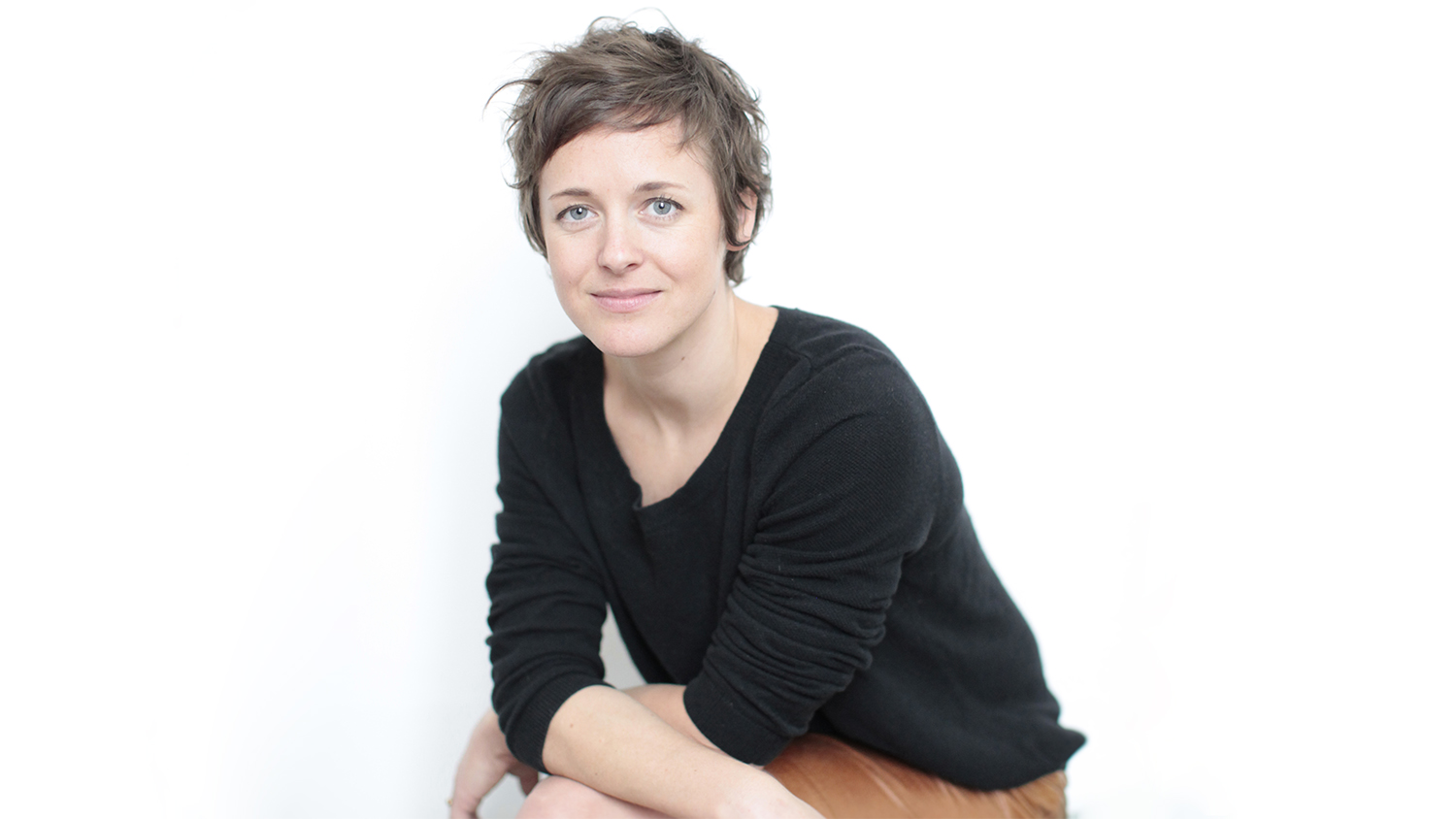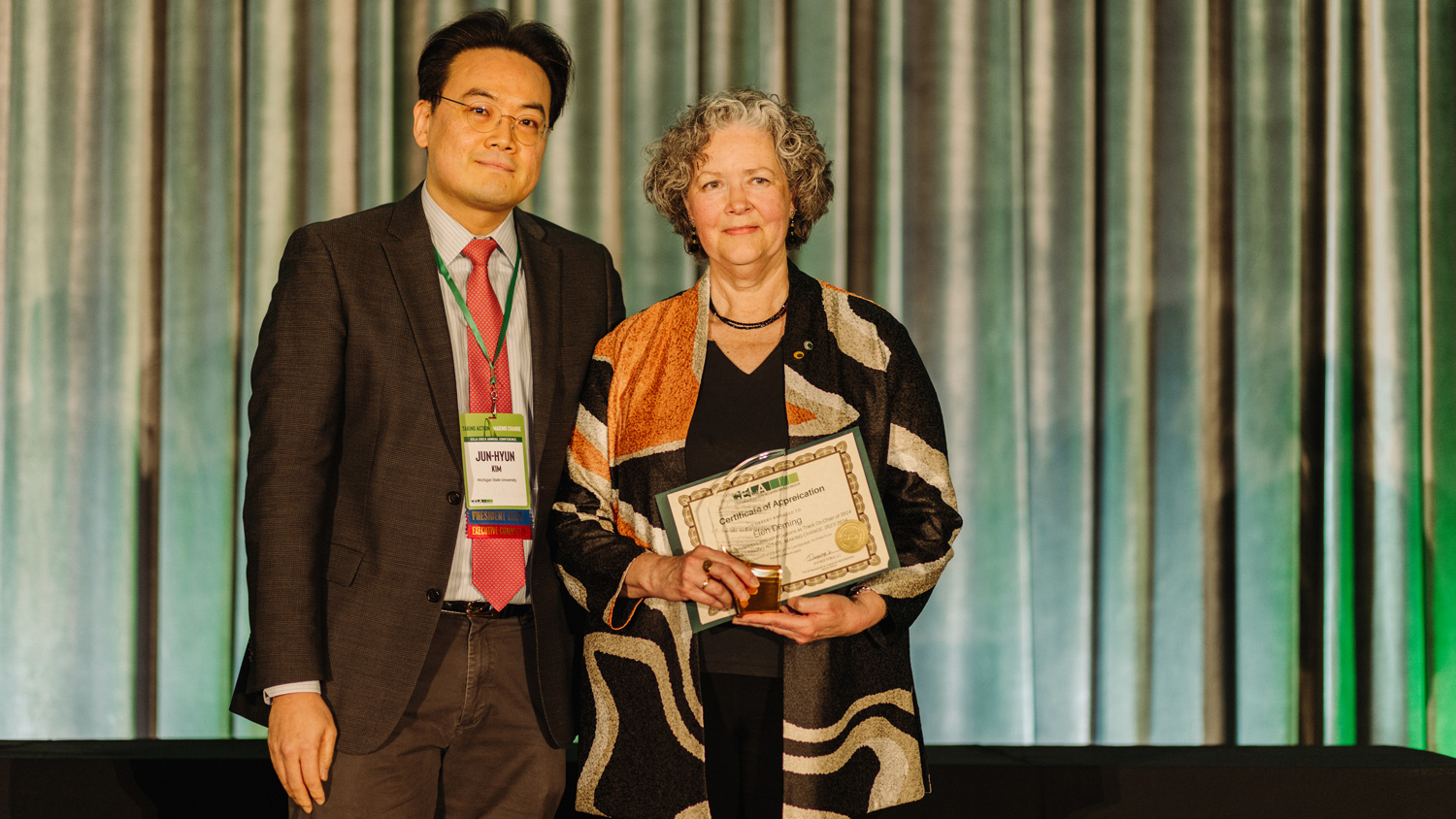ID Students Finish with Top Honors

Students in Associate Professors of Industrial Design (ID) Tim Buie and co-faculty member Assistant Professor of ID Kelly Umstead’s ID 300 studio find success in a design project that was derived from the intention of submitting to a competition. Buie believes that, “A good design competition can help students to professional level projects.” He considers a design competition as an opportunity for students to continue using knowledge from their academic studies in a more independent and self-reliant way.
Buie approaches each project with a specific intention and action plan for his students. Whether it is the interpretation and application of a process, design methodology, or the opportunity to explore conditional design, he encourages students to fully define the problem, research current solutions, ask the right questions, and consider what has not yet been considered. Junior ID students partaking in Buie’s studio course are prepared that one of his expectations will include a project to be submitted to a student design competition.
“Last year this studio submitted their projects to the International Home and Housewares Student Design competition,” says Mallory Barrett, a junior studying Industrial Design and a current student in the ID300 studio.
This year, Buie and Umstead selected the Cradle to Cradle Product Design Challenge as the competition for their students to enter. The competition, now in its fourth year, is administered by the Cradle to Cradle Products Innovation Institute, a nonprofit charged with educating and empowering consumer good manufacturers to be transformative in the development of their products based on five key characteristics: material health, material reutilization, renewable energy, water stewardship, and social fairness. Through their education and regulatory guidance, partnering manufacturers can earn the Cradle to Cradle Certified™ mark, which notifies consumers, regulators, and industry peers that this organization has an ongoing commitment to sustainability and community impact. This design challenge was also issued in partnership with Autodesk and made possible by Arconic Foundation.
Umstead is quick to add that, “we specifically selected the C2C completion for its focus on sustainability.” She further emphasizes the importance for young designers to consider the environmental implications of bringing products into production throughout the design process.
The premise of the competition is to engage designers and students in designing a sustainable future by applying the Cradle to Cradle principles in the development of products which they claim “can remain in perpetual cycles of use and reuse.” Applicants must first take the free, web-based course, “Designing C2C Products for the Circular Economy,” to learn about the practical concepts and strategies for regenerative and circular design prior to submitting to the contest. This year, the design challenge received a record number of entries, with 162 designers from 19 countries submitting 97 entries.
For Barrett, “this project was more involved than our typical design project. There was a lot more intensive, thoughtful, and experiential application. Thinking about the materials, the workers and the manufacturing, and the waste of these materials used in the product: This is regenerative design.”
All her hard work paid off: Barrett’s project, REX, which was submitted to the Autodesk Fusion 360™ category, received top honors as Best Student Project. REX is a reusable stainless steel prescription medication bottle and does not require adhesives for labeling. She envisioned an innovative solution to medical packaging waste based on extensive research, which revealed that an estimated 4 billion prescriptions are filled yearly, but the plastic containers do not meet the recycling guidelines. REX offers reusable, stainless steel medicine containers that do not require adhesive labels, in a circular business model that eliminates the need for the constant reproduction of currently used plastic bottles.
A critical component of Barrett’s design included the use of Autodesk’s® Fusion 360™ 3D CAD software. This tool is a cloud-based modeling system and allows for collaboration of the project, implementation of multiple materials, and easy alteration, as well as precise measurements and details.
In addition to Barrett, two other students were finalists in this competition: Sophie Wiseman-Floyd, for her project, MUNDUS, and Krista Smith, for her project, Overarch.
MUNDUS is a collection of minimalist high-end leather handbags that help promote knowledge and awareness about the problems with traditional leather tanning practices including the use harsh chemicals and potential environmental toxicity caused by dumping and run-off. Wiseman-Floyd’s goal was to create a brand that educates people about material health and social enterprise through the production and making of well-constructed leather bags.
Wiseman-Floyd, who owns a boutique business, Heir Raleigh , which designs and produces custom leather bags and jewelry, emphasizes how this project allowed her to concentrate on the system of designing rather than the aesthetics. “A lot of what we do in product design is user-centric and is about creating something that is beautiful. In this project, we were focused on the system of design and the supply chain practices, and incorporating societal consideration to the materials’ uses and the harmful consequences of certain products. My goal was to help promote knowledge and awareness about the problems with traditional leather tanning practices, the material health, and social enterprise through the production and marketing of well-constructed leather bags.”
Overach is a temporary, low-cost modular agricultural shelter that serves multiple uses, including the storage of hay, wood, and equipment, or as a shelter for livestock. Currently, similar structures are made of plastic and are rarely recycled due to the dirt and exposure to chemicals in these agricultural environments. Smith also introduced a give-back program that would reward customers for sending back their damaged parts for recycling in return for a discounted replacement part.
Smith, whose interest in agriculture led to her developing Overarch, says, “I wanted to find a way for the farming community to be more green, which can be expensive, with the ability to incorporate recycled agriculture plastics, simple off-the-shelf products, and eliminate waste.”
“This was our first year doing Cradle to Cradle,” says Barrett. She hopes that Buie will keep pushing students and submitting their work to this competition, given the success they’ve had so far.
When asked what the best part of the project was, these students unanimously express how the idea of degenerative design and the conscious efforts to think about the entire system of design is something that they are encouraged by and hope is introduced more often. “Thinking about the materials used, the sustainability of those materials, and the environmental impact of the products is so important, and it’s conscious consumers who are willing to pay more for something that has better social impact,” says Wiseman-Floyd.
- Categories:

